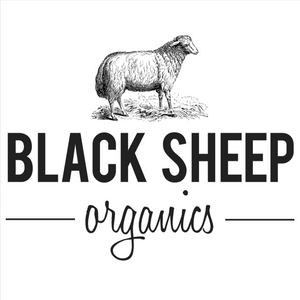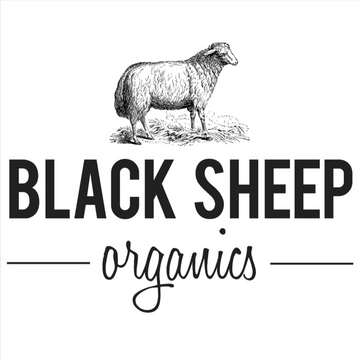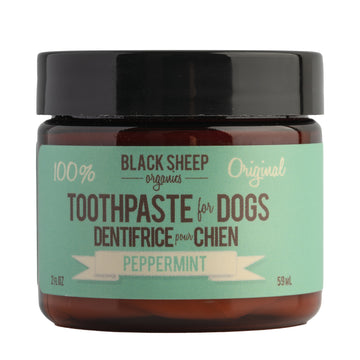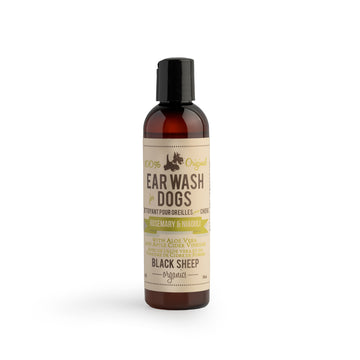What Is The Best Way to Clean a Dog Kennel?
Sep 18, 2024
Cleaning your dog's kennel is essential for maintaining a healthy environment. A dirty kennel can lead to various health problems for your furry friend. In this post, we'll provide you with effective tips and tricks to keep your dog's living space clean and hygienic. From regular cleaning routines to specific cleaning products, we'll cover everything you need to know to ensure your dog's comfort and well-being.
Why Cleanliness in Dog Kennels Matters?
Cleanliness in dog kennels is essential for several reasons, ranging from health benefits to odor control and overall well-being.
Health Benefits for Dogs
A clean kennel significantly reduces the risk of infections and parasites. Dogs are naturally curious creatures and often explore their surroundings with their noses and mouths. If their living environment is not regularly cleaned, it can become a breeding ground for harmful bacteria and parasites such as fleas, ticks, and worms. These can lead to serious health issues, including skin irritations, digestive problems, and, in severe cases, life-threatening diseases.
Odor Control
Another critical aspect of keeping a dog kennel clean is odor control. A poorly maintained kennel can quickly develop unpleasant smells, which can be distressing for both the dog and the owner. Regular cleaning helps to eliminate the buildup of urine, feces, and other organic matter, ensuring a fresh and pleasant environment. This is not only more comfortable for the dog but also makes the kennel area more inviting for human visitors.
Overall Well-being
Cleanliness contributes to the overall well-being of your dog. A clean kennel means fewer distractions and irritants, allowing your dog to rest and relax comfortably. This is especially important as a calm and relaxed state supports your dog's mental health and behavior. Furthermore, a hygienic environment encourages healthy habits and reduces stress, promoting a happier and more active lifestyle.
How Often Should I Clean My Dog's House and Kennel?
The frequency at which you should clean your dog's house and kennel can depend on several factors, including breed, size, and how often the kennel is used.
Factors Influencing Cleaning Frequency
-
Dog Breed and Size
Larger breeds or those with thick coats tend to shed more hair and can bring in more dirt, requiring more frequent cleaning. Breeds prone to drooling or with specific health issues may also necessitate a more regular cleaning routine.
-
Kennel Usage
If your dog spends a significant amount of time in their kennel, it will naturally require more frequent cleaning. Dogs that use their kennel primarily for sleeping might not need as frequent cleaning as those that eat, play, and spend extended periods in it.
-
Outdoor vs. Indoor Kennels
Outdoor kennels can attract more dirt, debris, and pests, making regular cleaning essential. Indoor kennels, while generally cleaner, still need regular maintenance to prevent odor buildup and ensure a hygienic environment.
General Guidelines for Cleaning Frequency
-
Daily Tasks
Remove any waste and uneaten food daily. This helps prevent bacteria buildup and keeps odors at bay. A quick wipe of any wet or dirty surfaces is also beneficial.
-
Weekly Cleaning
Once a week, give the kennel a more thorough cleaning. This includes washing bedding, toys, and any removable mats. Use pet-safe cleaners to sanitize surfaces, ensuring all residues are rinsed away to avoid irritation.
-
Monthly Deep Clean
Every month, take the time for a deep clean. This involves disinfecting the entire kennel, scrubbing down all surfaces, and checking for any damage that might need repair. It's also a good opportunity to assess any wear and tear on bedding and toys.
Best Methods for Cleaning a Dog Kennel
Selecting the right cleaning methods is essential to keep your dog's kennel clean. Here, we explore the best approaches, comparing natural and chemical cleaning solutions to help you make informed choices.
Natural Cleaning Solutions
Natural cleaning solutions are great for pet owners who prefer eco-friendly and non-toxic methods. These solutions often involve everyday household items that are safe for both pets and humans.
- Vinegar and Water: A mixture of vinegar and water is an effective cleaner for many surfaces. Vinegar's acidic nature helps eliminate bacteria and neutralize odors. It's a safe option, although the vinegar smell may linger temporarily.
- Baking Soda: Known for its deodorizing properties, baking soda can be sprinkled on surfaces and then wiped or vacuumed away. It helps manage odors without introducing harsh chemicals.
- Lemon Juice: The natural acidity of lemon juice can cut through grime and leave a fresh scent. It's best used in combination with other natural ingredients for optimal results.
Chemical Cleaning Solutions
Chemical cleaners are often more potent and can tackle tough stains and bacteria more effectively. However, they may contain substances that could be harmful if not used correctly.
- Disinfectants: These are specifically formulated to kill a wide range of bacteria and viruses. When using disinfectants, it's important to follow the instructions carefully to ensure the safety of your pet. Always rinse thoroughly to remove any residue.
- Enzyme Cleaners: These cleaners break down organic matter such as urine and feces, making them particularly useful for spot cleaning. They tend to be more pet-friendly compared to other chemical options.
Making the Right Choice
Choosing between natural and chemical cleaning solutions depends on your specific needs and preferences. For regular cleaning, natural solutions can be sufficient and safer for long-term use. For heavy-duty cleaning or in cases of illness, chemical solutions may offer the necessary level of sanitation.
Step-by-Step Guide to Cleaning Your Dog's Kennel
Follow this comprehensive guide to ensure a thorough cleaning process that leaves your pet's space fresh and hygienic.
Pre-Cleaning Preparations
Before you start, gather all necessary cleaning supplies. This includes cleaning solutions, a scrub brush, a bucket, and protective gloves. Ensure you have a designated area to place the kennel items as you clean.
Removing and Washing Bedding and Toys
- Take Out All Items
Carefully remove all bedding, toys, and any other removable items from the kennel. This clears the space for easier access during cleaning.
- Washing
Machine wash the bedding on a hot cycle to kill any bacteria or pests. Use a pet-friendly detergent to avoid any skin irritation. For toys, check if they are machine washable; otherwise, hand wash them with mild soap and water.
Disinfecting Surfaces
- Select a Cleaner
Choose a suitable cleaning solution, whether natural or chemical, that is safe for pets. Ensure the area is well-ventilated to avoid any fumes.
- Scrub Thoroughly
Use a scrub brush to clean all surfaces, paying extra attention to corners and crevices where dirt may accumulate. Scrubbing helps dislodge stubborn dirt and grime.
- Disinfect
Apply a disinfectant to all surfaces, allowing it to sit for the recommended time to effectively kill bacteria and viruses. Be sure to follow the product instructions for best results.
Rinsing and Drying
- Rinse
Thoroughly rinse all areas with clean water to remove any cleaning solution residue. This step is crucial to ensure no harmful chemicals remain that could affect your dog.
- Drying
Allow the kennel to air dry completely. You can speed up this process by wiping down surfaces with a clean towel. Ensure everything is completely dry before replacing bedding and toys to prevent mold growth.
Cleaning your dog's kennel effectively ensures a healthy and comfortable environment for your pet. By choosing the right cleaning methods, you can maintain a hygienic space that protects your dog from potential health risks. Regular upkeep not only preserves the kennel's condition but also fosters a pleasant atmosphere in your home. With these tips, you can confidently provide a safe haven for your furry friend.










